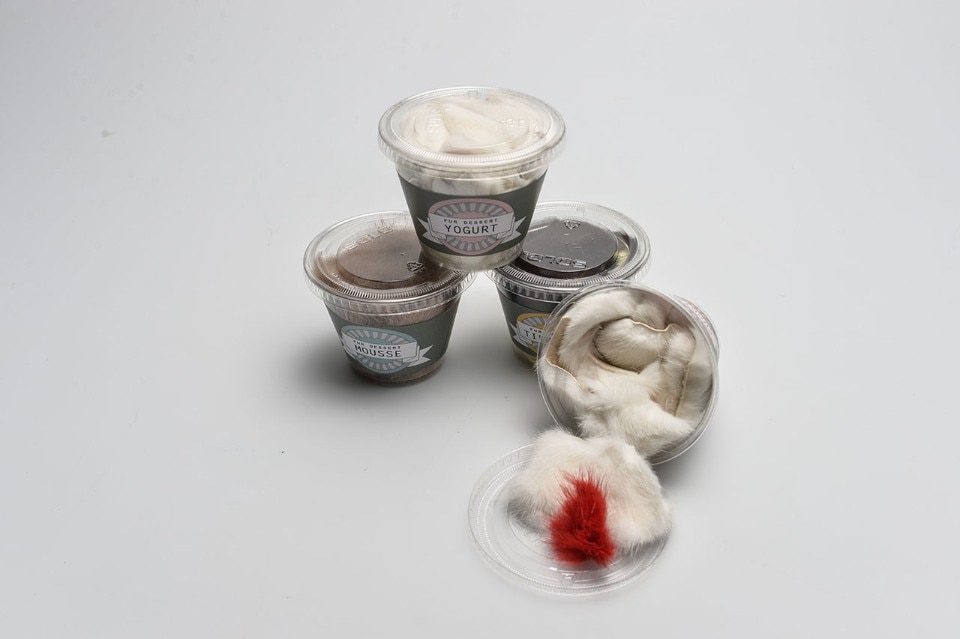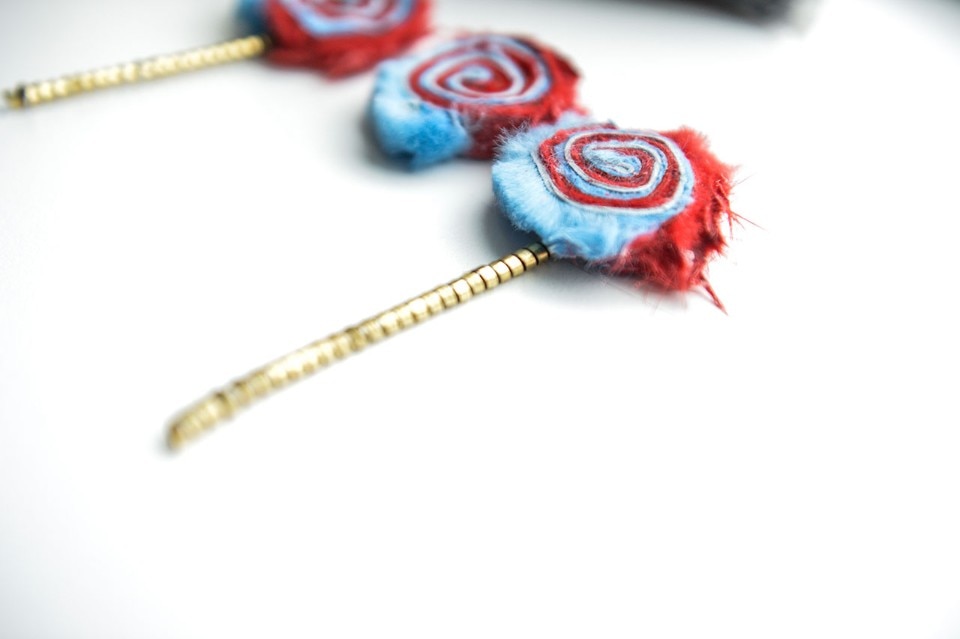Domusweb: When did the idea for Ventura Lambrate first take shape? What was the initial idea and aim?
Margriet Vollenberg: The first event took place in 2010, after I had worked as a project manager for several years with my company Organisation in Design. I used to work for different designers and brands, mainly Dutch, at different locations of the Fuorisalone, such as the Tortona district and the city centre. At a certain point, I noticed a lack of new-generation designers, fresh brands and academy work. So, what I wanted to create was an area in the city where precisely these things could be found. It was not that easy, because we work with exhibitors that have much lower budgets, such as academies. My goal was to create a district for them, and in 2008 I started to work on what is now Ventura Lambrate. I graduated from the Design Academy in Eindhoven in 2000 and immediately after, I worked for 5 years as a designer in Milan, then went back to The Netherlands and started Organisation in Design, working as an art director and a curator. In the past I worked on the Dutch Design Week and was a guest curator of the 2012 Biennial of Design in Ljubljana, Slovenia. I’m now working on a project in Jerusalem.
Domusweb: Is there a red thread, a theme, a cultural initiative uniting the event?
Margriet Vollenberg: The great thing – as a creator – is that you see the projects way before they are on show, so in October/November. That is the period when I select the works, and we have open application rounds, where between 550 and 650 applications come in from all over the world, and it means that you have sneak peak at what is going to happen the next year. Most of the projects are of course still pencil sketches, a vague idea, not completely developed. In a quite early stage, I can see some themes coming up, and for this year there are several.

Domusweb: What are this year’s strong points? Which events are unmissable and which locations are unique?
Margriet Vollenberg: This year, in addition to Ventura Lambrate, we will be at a new area called Ventura Centrale, situated on the southeast side of Stazione Centrale, on Via Ferrante Aporti.
If we look at Ventura Lambrate, in eight years it has grown to become a design district where we show a glimpse of the future of design. The designers and brands on show are sort of the rebels in the design industry. And most of the projects and products are not definitive yet, not in stores yet. They are studies, prototypes or conceptual ideas about where design is going. We can call Ventura Lambrate an area of “emerging and scouting". At Ventura Centrale, I wanted to do something completely different. I noticed two or three years ago that there is a group of exhibitors more established than the ones we see in Lambrate. They are brands or design studios that have been working since a few years, maybe even big commercial companies who'd like to approach the market in another way. They had a request for bigger spaces, more square metres, more freedom in spaces. That was a reason for me to search for other zones in the city. It was really a search; we sat down with a map of Milan and drew circles around buildings that we thought were interesting because they had quite some square metres, or because they were abandoned. Then we went round to see those locations. Sometimes the doors had not been opened since years, or we had to look over walls. This is how we went to the central station, too. Some of its warehouses had been closed for 30 years. No one had any idea what was behind those closed doors. It was a unique location to see. So this year we will be presenting a new concept of design there. I can describe it as a "museum" kind of feeling, because when you enter you have a lot of space. That space is part of the concept of the exhibition. If we look at Ventura Lambrate, it is interesting for being where the new generation is exhibiting, the different design academies, the school projects with the students, the workshops. There are new materials, technological designs, social designs. It's the mix that makes Ventura Lambrate special. For me, sometimes it has a bit of a festival feeling, without losing the concept and most of all without losing the content of the works. So it is of very high quality. This is why companies come to Ventura Lambrate as visitors to scout new talent. That's a big compliment to receive as an organiser.

Domusweb: What is the identikit of the design-public that frequents this zone?
Margriet Vollenberg: We attract a lot of scouters, and of course a lot of designers. It’s a design-minded public in general. In the weekend, we also attract the people from the city of Milan. That's important, because design is made for everybody, and I think it should be accessible for everybody. The big difference in Milan between the Fashion Week and the Design Week is that the Fashion Week is quite difficult to access for the normal people living and working in Milan, and the Design Week is easy to access. You see they are curious and they come to see it. I really like that; I think it is necessary. During the week, we see a more professional public, which is good because there is a big commercial aspect to the Design Week. In the last eight years, the public that we have in Ventura Lambrate has been highly diverse. Part of the public I know very well or I have appointments with. We see a lot of other festival organisers; we see stakeholders in the design industry – gallery owners, museum curators, but also CEOs and design departments of big international brands. Also brands that at first glance have nothing or not a lot to do with the design industry. For example, I just received a communication from the fashion brand Hermès, which asked me for a private tour of Ventura Lambrate. The automotive company Volvo will also have a guided tour through our area. Last year, we had far over 100,000 visitors, and I hope we reach that amount again this year. Most of all, I hope we will have the same high-quality public.
Domusweb: Could you give readers some dos and don'ts on how to best enjoy the Furniture Fair events around the city?
Margriet Vollenberg: I think that is very difficult, I admit. There is a lot going on in the city. Of course I am not an average visitor; I am fortunate that people come to me, and this is how I meet a lot of people and have a lot of appointments. Unfortunately, I do not see so many things in the city. I always schedule one-and-a-half day off my agenda to see other exhibitions in the city. What you should not do is plan your day too full. Make a good planning before you head out, to understand which areas you would like to see. For me, it's important to try to speak with the designers that are there. At Ventura Lambrate, 100 per cent of the designers are there with their exhibitions, so it is very easy to ask them direct questions, to have conversations with them and ask about their projects on show. I think that is really a must, especially at Ventura Lambrate. There is so much to see, and much of the work is not finalised, not an end product, so there is a lot to discuss. When you see a prototype, it is great when the designer standing next to it can explain it. I think the one definite “do” during the Furniture Fair is to speak with the creator, and see what the story is behind the products on show. I wish you all a good Salone del Mobile and Fuorisalone and I hope to welcome you at Ventura Lambrate or Ventura Centrale.
4–9 April 2017
Ventura Lambrate e/and Ventura Centrale


















